Igor Kozlov
Anomaly Detection for Scalable Task Grouping in Reinforcement Learning-based RAN Optimization
Dec 06, 2023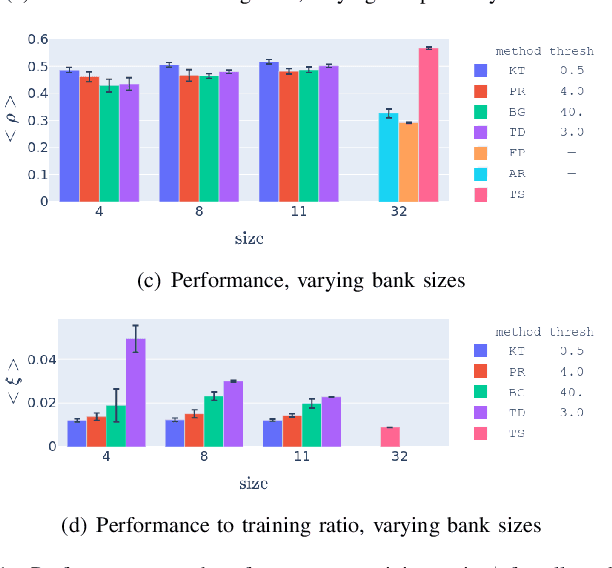
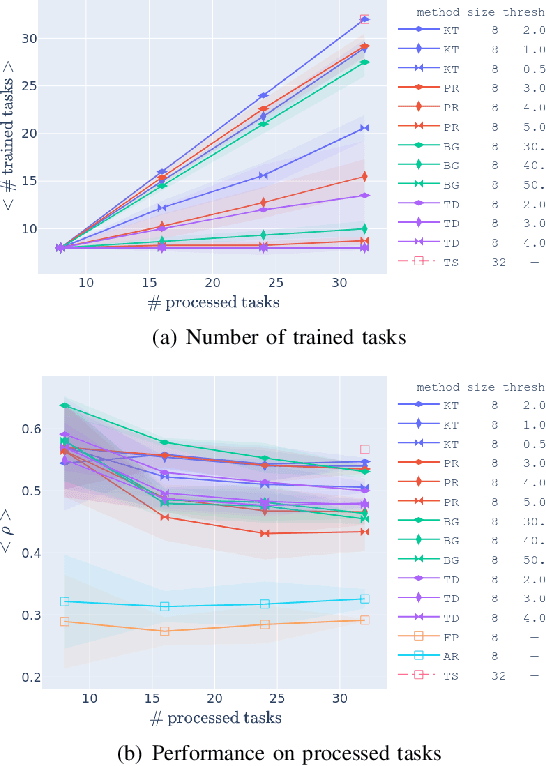
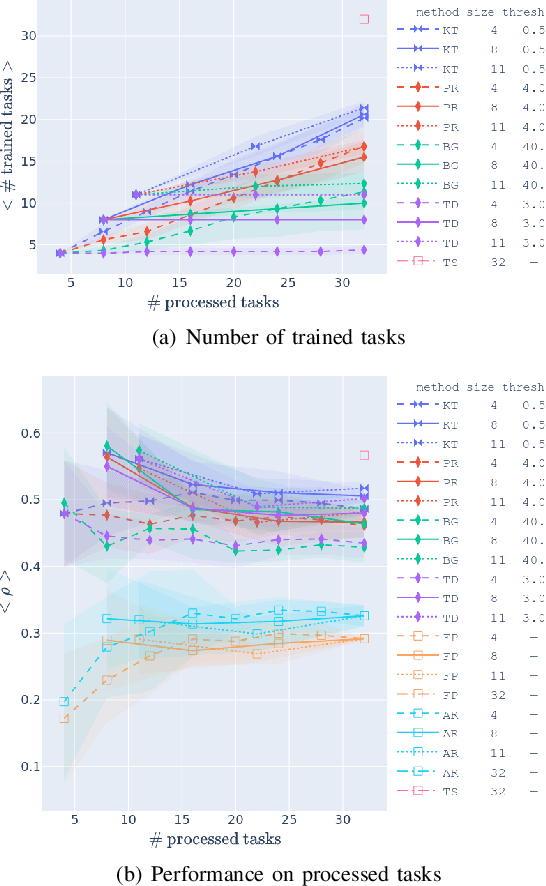
Abstract:The use of learning-based methods for optimizing cellular radio access networks (RAN) has received increasing attention in recent years. This coincides with a rapid increase in the number of cell sites worldwide, driven largely by dramatic growth in cellular network traffic. Training and maintaining learned models that work well across a large number of cell sites has thus become a pertinent problem. This paper proposes a scalable framework for constructing a reinforcement learning policy bank that can perform RAN optimization across a large number of cell sites with varying traffic patterns. Central to our framework is a novel application of anomaly detection techniques to assess the compatibility between sites (tasks) and the policy bank. This allows our framework to intelligently identify when a policy can be reused for a task, and when a new policy needs to be trained and added to the policy bank. Our results show that our approach to compatibility assessment leads to an efficient use of computational resources, by allowing us to construct a performant policy bank without exhaustively training on all tasks, which makes it applicable under real-world constraints.
Self-Supervised Transformer Architecture for Change Detection in Radio Access Networks
Feb 03, 2023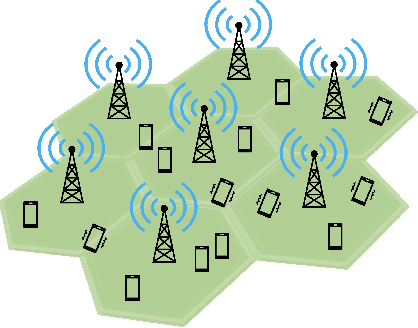
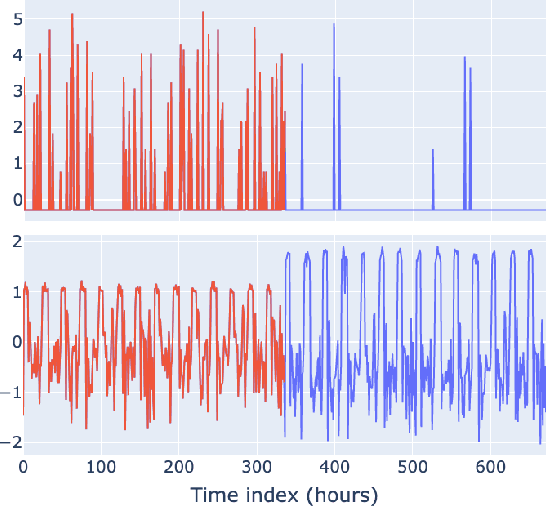
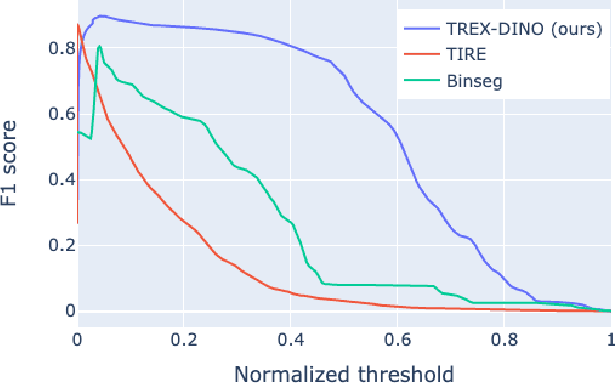

Abstract:Radio Access Networks (RANs) for telecommunications represent large agglomerations of interconnected hardware consisting of hundreds of thousands of transmitting devices (cells). Such networks undergo frequent and often heterogeneous changes caused by network operators, who are seeking to tune their system parameters for optimal performance. The effects of such changes are challenging to predict and will become even more so with the adoption of 5G/6G networks. Therefore, RAN monitoring is vital for network operators. We propose a self-supervised learning framework that leverages self-attention and self-distillation for this task. It works by detecting changes in Performance Measurement data, a collection of time-varying metrics which reflect a set of diverse measurements of the network performance at the cell level. Experimental results show that our approach outperforms the state of the art by 4% on a real-world based dataset consisting of about hundred thousands timeseries. It also has the merits of being scalable and generalizable. This allows it to provide deep insight into the specifics of mode of operation changes while relying minimally on expert knowledge.
 Add to Chrome
Add to Chrome Add to Firefox
Add to Firefox Add to Edge
Add to Edge